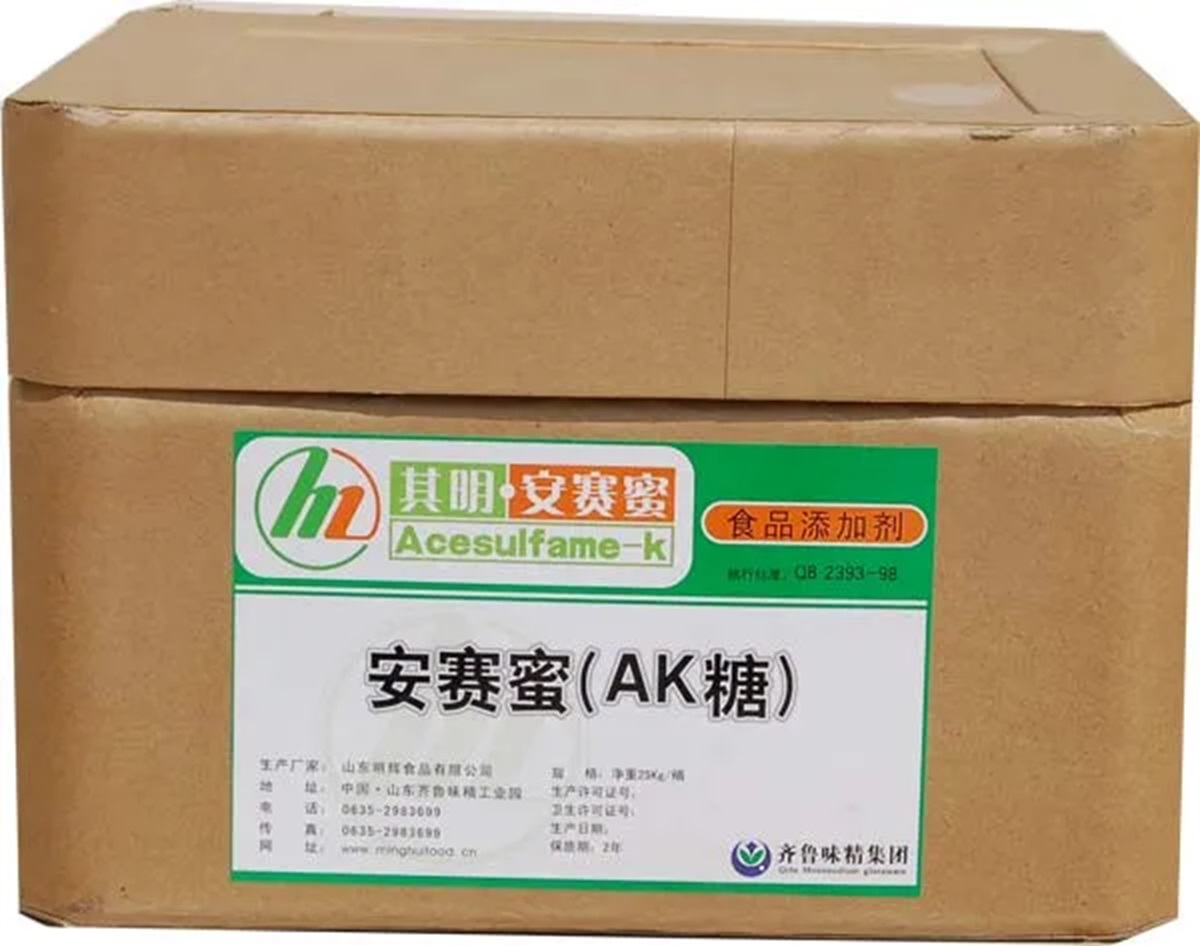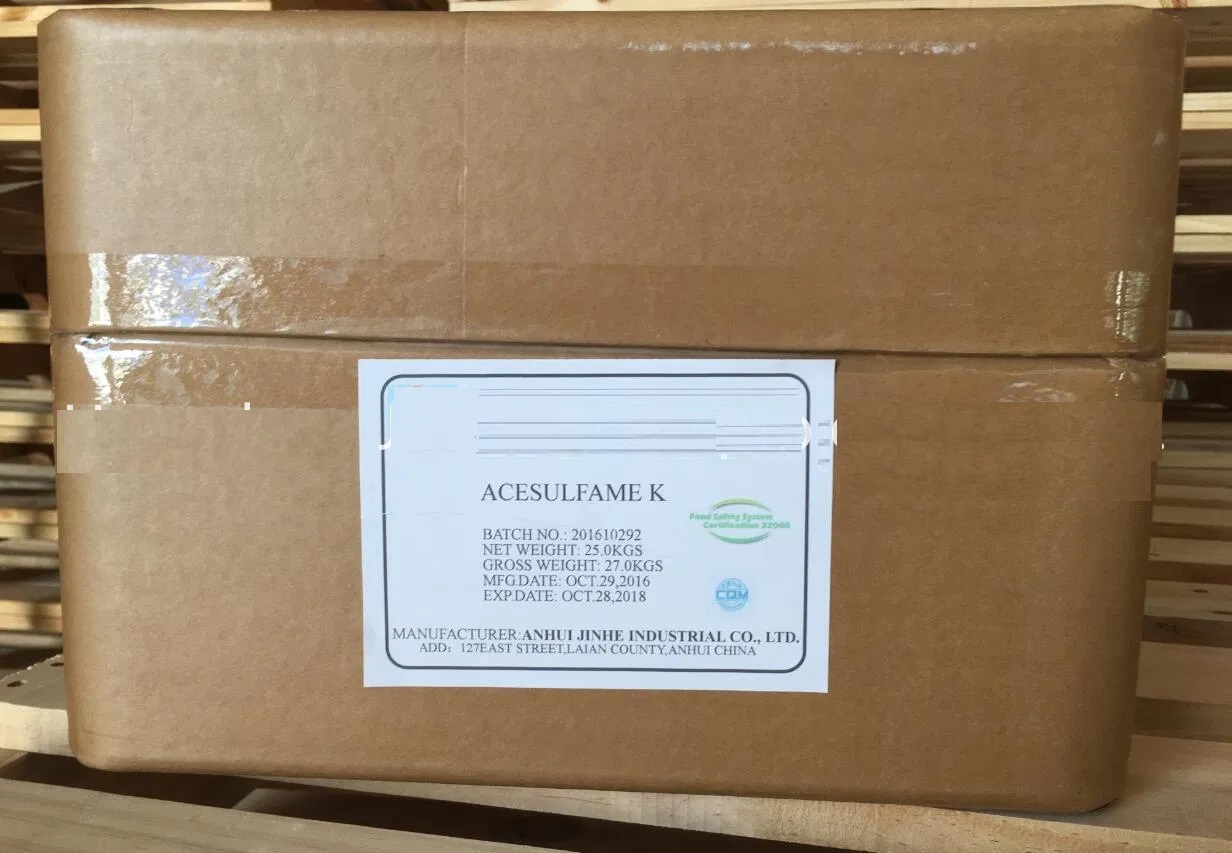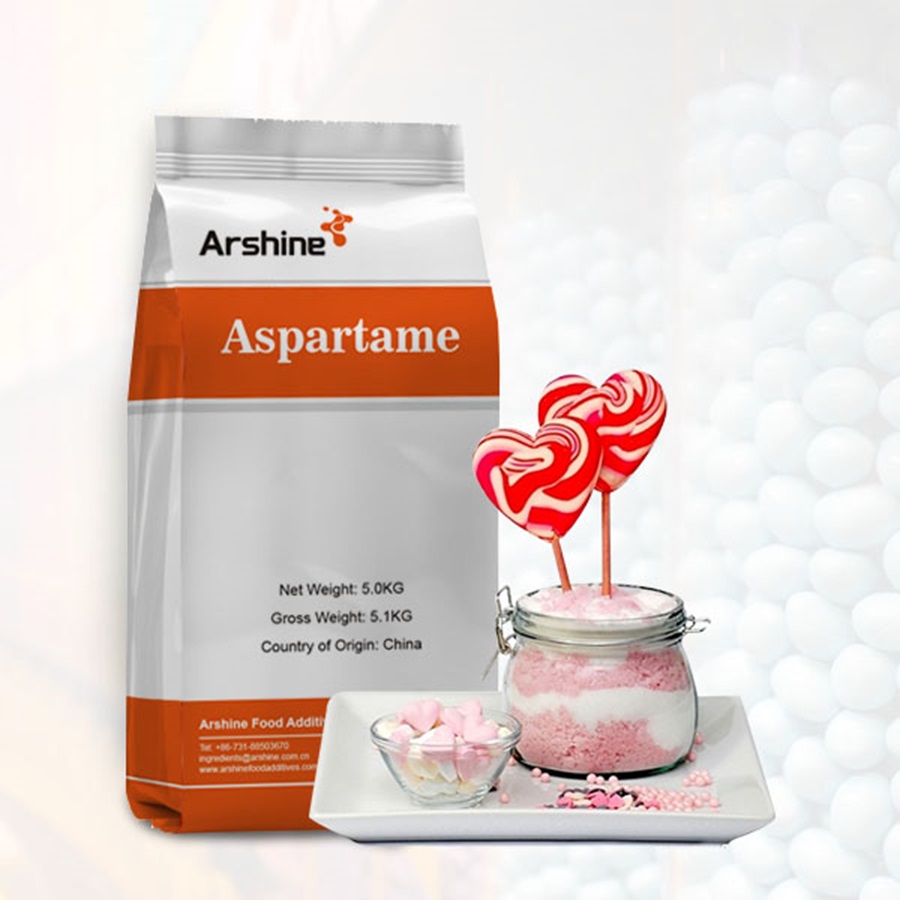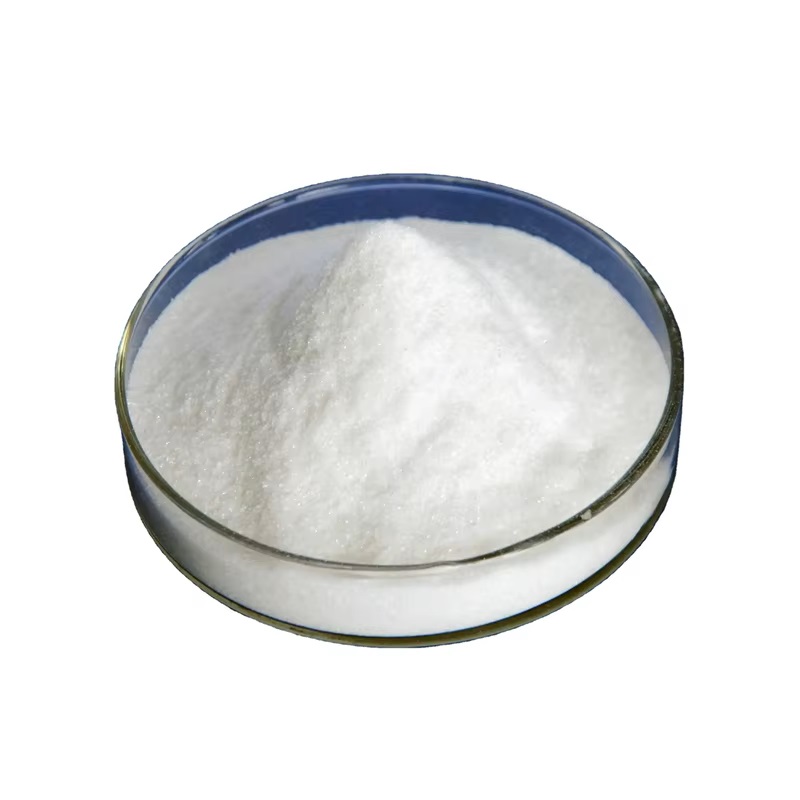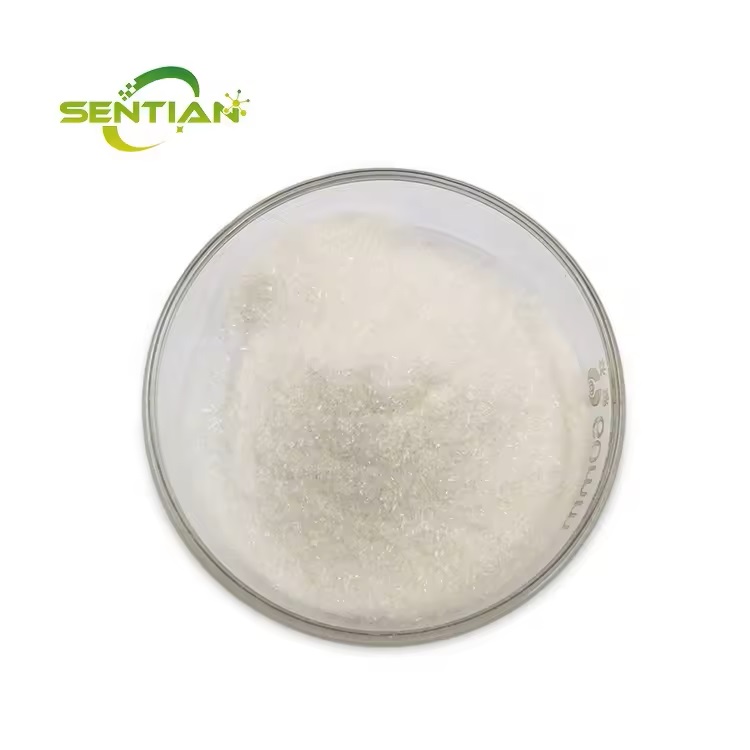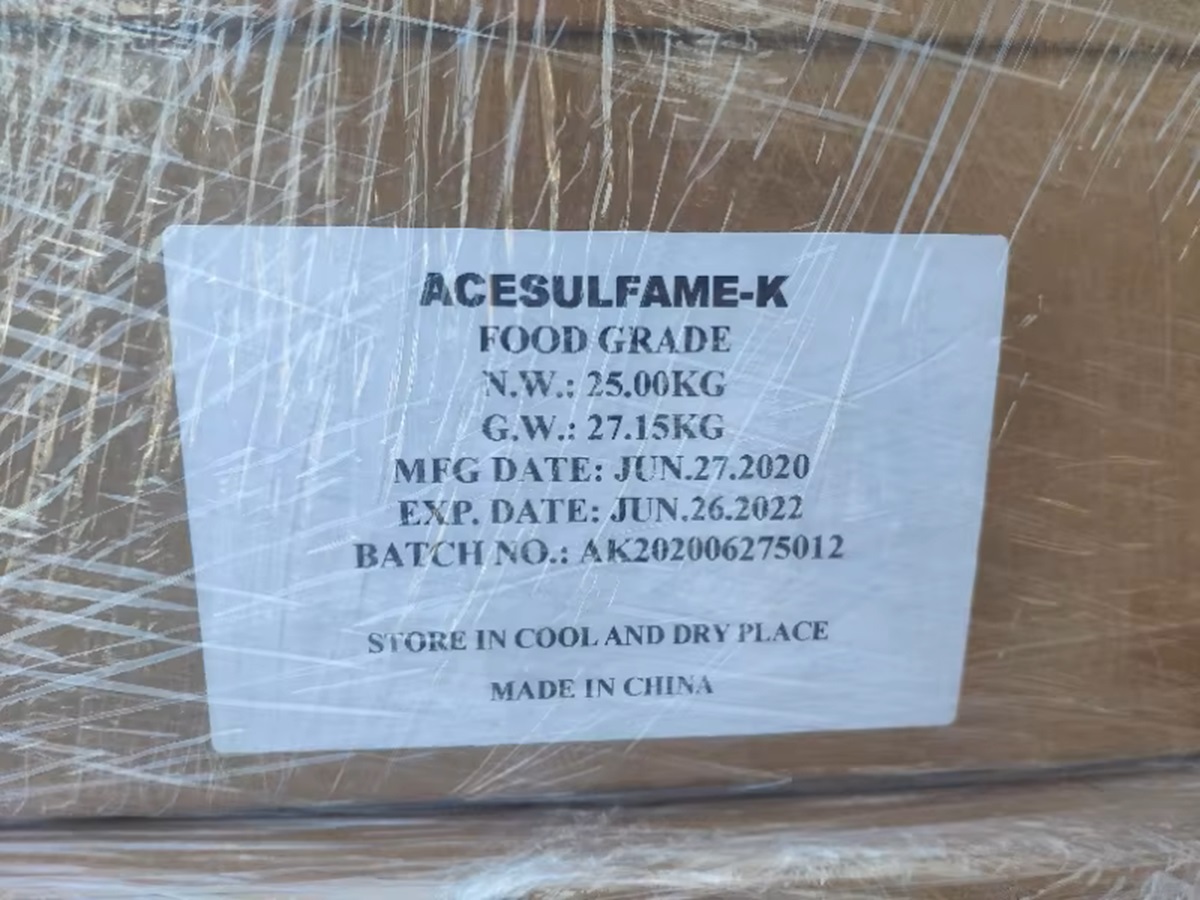We unleash your business potential by maximize the business innovation.
Send EmailE950, Acesulfame K, Ace K, Acesulfame Potassium, Acesulfamum Kalicum, Artificial sweetener, Sweet One, Sunette, 55589-62-3, 24938-91-6
Acesulfamum Kalicum, also known as Acesulfame K or Acesulfame Potassium, is a widely used artificial sweetener. It is approximately 200 times sweeter than sugar and is commonly found in sugar-free and low-calorie products. Here are some key details:
Properties:
-
Molecular Formula: C₄H₄KNO₄S
-
Molecular Weight: 201.2 g/mol
-
Appearance: White or nearly white crystalline powder
-
Solubility: Highly soluble in water, slightly soluble in ethanol
-
Heat Stability: It is heat-stable, making it suitable for baking and cooking.
Applications:
-
Used in beverages, chewing gums, baked goods, and dairy products.
-
Often combined with other sweeteners to enhance sweetness and reduce aftertaste.
Safety:
-
Approved by major health organizations like the FDA and WHO for consumption within acceptable daily intake levels.
-
It is not metabolized by the body and is excreted unchanged, contributing no calories.
Acesulfame K, also known as Acesulfame Potassium, has the CAS number 55589-62-3. Here are some of its other names:
Other Names:
-
E950 (European food additive code)
-
Ace K
-
Acesulfame-K
-
Acesulfamum Kalicum
-
Potassium Salt of 6-Methyl-1,2,3-Oxathiazin-4(3H)-One-2,2-Dioxide
-
Sweet One (brand name)
-
Sunett (brand name)
Acesulfame Potassium
CAS: 55589-62-3
Molecular Formula: C4H4KNO4S
Names and Identifiers
| Name | Acesulfame Potassium |
| Synonyms | Sunette Sweet One Acesulfame-K Acesulfame k acesulfame k fcciv Acesulfamum Kalicum Acesulfame Potassium potassium 6-methyl-1,2,3-oxathiazin-4-olate 2,2-dioxide 6-methyl-1,2,3-oxathiazin-4(3h)-one 2,2-dioxide potassium salt 6-Methyl-1,2,3-Oxathiazin-4(3H)-One-2,2-Dioxide,Potassium Salt potassium salt of 6methyl-1,2,3-oxathiazine-4(3H)-one-2,2-dioxide Potassium Salt of 6-methyl-1,2,3-oxathiazin-4(3H)-one-2,2-dioxide |
| CAS | 55589-62-3 |
| EINECS | 259-715-3 |
| InChI | InChI=1/C4H5NO4S.K/c1-3-2-4(6)5-10(7,8)9-3;/h2H,1H3,(H,5,6);/q;+1/p-1 |
Physico-chemical Properties
| Molecular Formula | C4H4KNO4S |
| Molar Mass | 201.24 |
| Density | (solid) 1.81 g/cm3; d (bulk) 1.1-1.3 kg/dm3 |
| Melting Point | 229-232℃ (dec.) |
| Boling Point | 332.7°C at 760 mmHg |
| Flash Point | 155°C |
| Water Solubility | almost transparency |
| Solubility | Easily soluble in water (30g/100ml,20°C), slightly soluble in organic solvents such as ethanol. |
| Vapor Presure | 1.03E-05mmHg at 25°C |
| Appearance | White, free-flowing crystalline powder crystallization |
| Storage Condition | 2-8℃ |
| MDL | MFCD00043833 |
| Physical and Chemical Properties | Melting point 229-232°C |
| Use | Use 1. Non-nutritive sweetener, which can be widely used in various foods, even for beverages such as pH 3.0. 2, for beverages, food, health care products, 3, food sweeteners |
Risk and Safety
| Risk Codes | 36/37/38 - Irritating to eyes, respiratory system and skin. |
| Safety Description | S26 - In case of contact with eyes, rinse immediately with plenty of water and seek medical advice. S36/37/39 - Wear suitable protective clothing, gloves and eye/face protection. |
Upstream Downstream Industry
| Raw Materials | Potassium carbonate Triethylamine Acetyl ketene Potassium hydroxide solution Sulfamic acid Acetylacetone Acesulfame 4,4'-Carbonyldiphthalic acid Acetoacetamide SULFURYL FLUORIDE Sulfur trioxide N,N-Dimethylethylamine |
Nature
White Crystal or crystalline powder, odorless. There is a strong sweet taste, sweet sleep fast, duration slightly longer than sucrose, all after the taste, sweetness is about 200 times of sucrose. Non-hygroscopic in the air, light, thermal stability. With sugar alcohol, sucrose, etc. have a good mixture.
Preparation Method
potassium salt of acesulfame was obtained by reacting diketene with aminosulfonyl fluoride and potassium carbonate in an acetone solution to form a potassium salt of acetamido-N-sulfonyl fluoride, and then reacting with a methanol-potassium hydroxide solution.
Use
sweeteners. After ingestion of the human body is not absorbed, does not produce heat, suitable for use in patients with diabetes and obesity. It can be used alone or in combination with other sweeteners. When used in combination with aspartame or sodium cyclohexanamino acid, there is a clear synergistic use. Mixed use with sucrose, fructose, glucose or isomerized sugars has different effects. China can be used for cakes, Jam (not including cans), pickles, candy, preserved fruit, beverages, ice cream and pectin sugar.
Nature
| storage conditions | Inert atmosphere,Room Temperature |
| solubility | Soluble in water, very slightly soluble in acetone and in ethanol (96 per cent). |
| morphology | neat |
| color | White crystalline solid |
| Odor | odorless with sweet taste |
| water solubility | almost transparency |
| Merck | 14,37 |
| BRN | 3637857 |
| EPA chemical information | Acesulfame-potassium (55589-62-3) |
Security information
| WGK Germany | 1 |
| RTECS number | RP4489165 |
| customs code | 2934990002 |
| Toxicity | LD50 in rats (mg/kg): 7431 orally, 2243 I .p. (Mayer, Kemper) |

